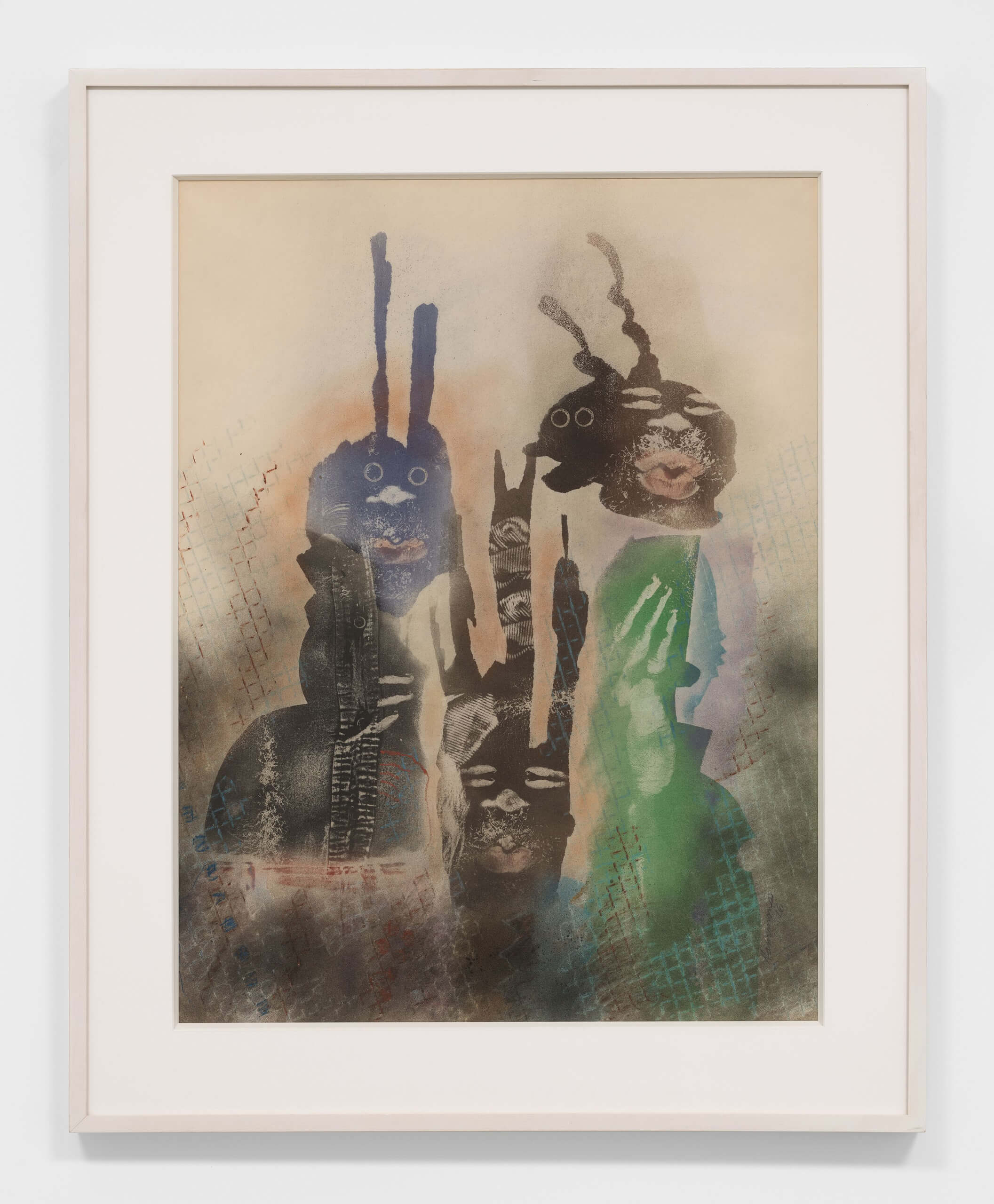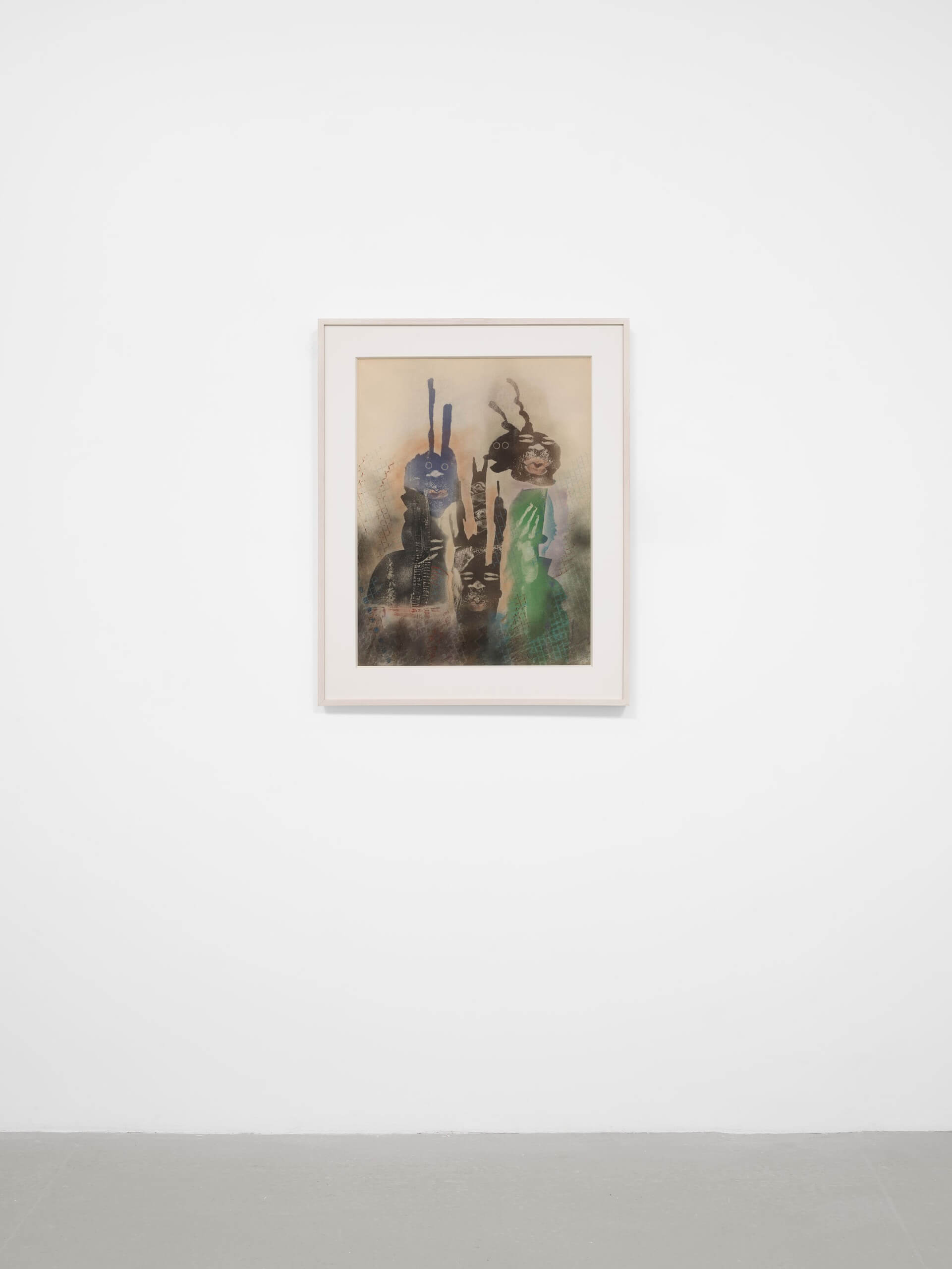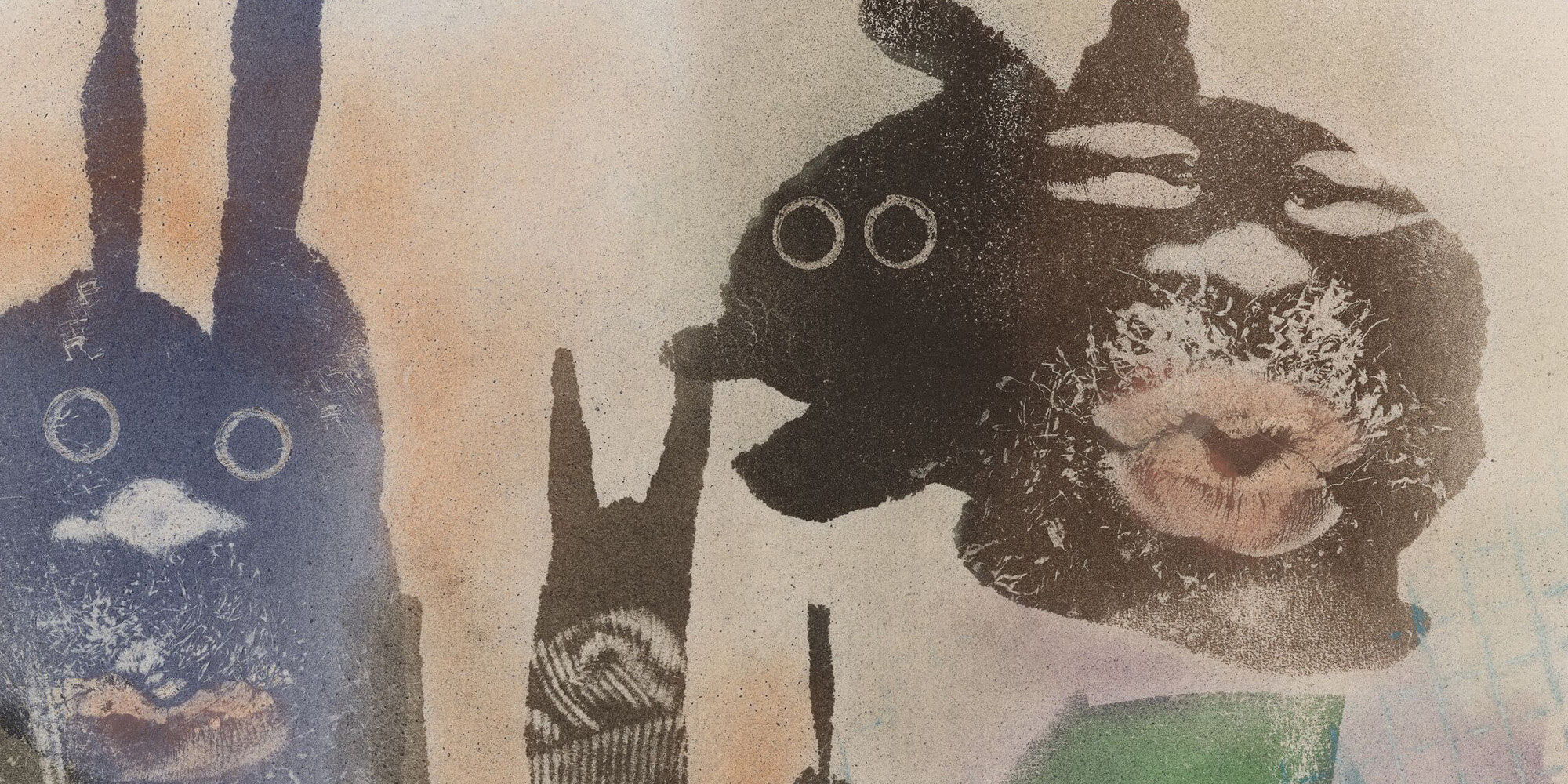
David Hammons
Body Print
Body Print
1976 Pigment on paper 73.7 x 58.4 cm / 29 x 23 in 90.2 x 73 x 3.8 cm / 35 1/2 x 28 3/4 x 1 1/2 in (framed)
The artist began the series of body prints in 1968, the tumultuous, devastating year in which Martin Luther King Jr. was assassinated, and continued the series into the mid-1970s after relocating to New York. The completion of the series marked a transition moment for Hammons, a point at which his work would become less graphic and explicitly political. As the body prints series evolved, Hammons played with different effects. Sometimes he would move as he impressed his body upon the paper, or take several impressions. The artist increasingly embellished upon the pigmented grease print by employing lithography, silkscreen and collage. ‘Body Print’ is among these later, more complex, body prints.
‘Racial tumult inheres in these works, like pigment in margarine.’ —Elena Filipovic

To execute ‘Body Print’ (1976), Hammons employed a monoprinting method that married graphic art and performance. He made himself the transfer agent in the printing process, coating his body — including his clothes and hair — in margarine and pressing it against smooth paper or board laid on the floor. Hammons dusted the resultant greasy impression with fine chalk or pigment to color the area and then applied fixative, leaving an iconic body print in his wake.
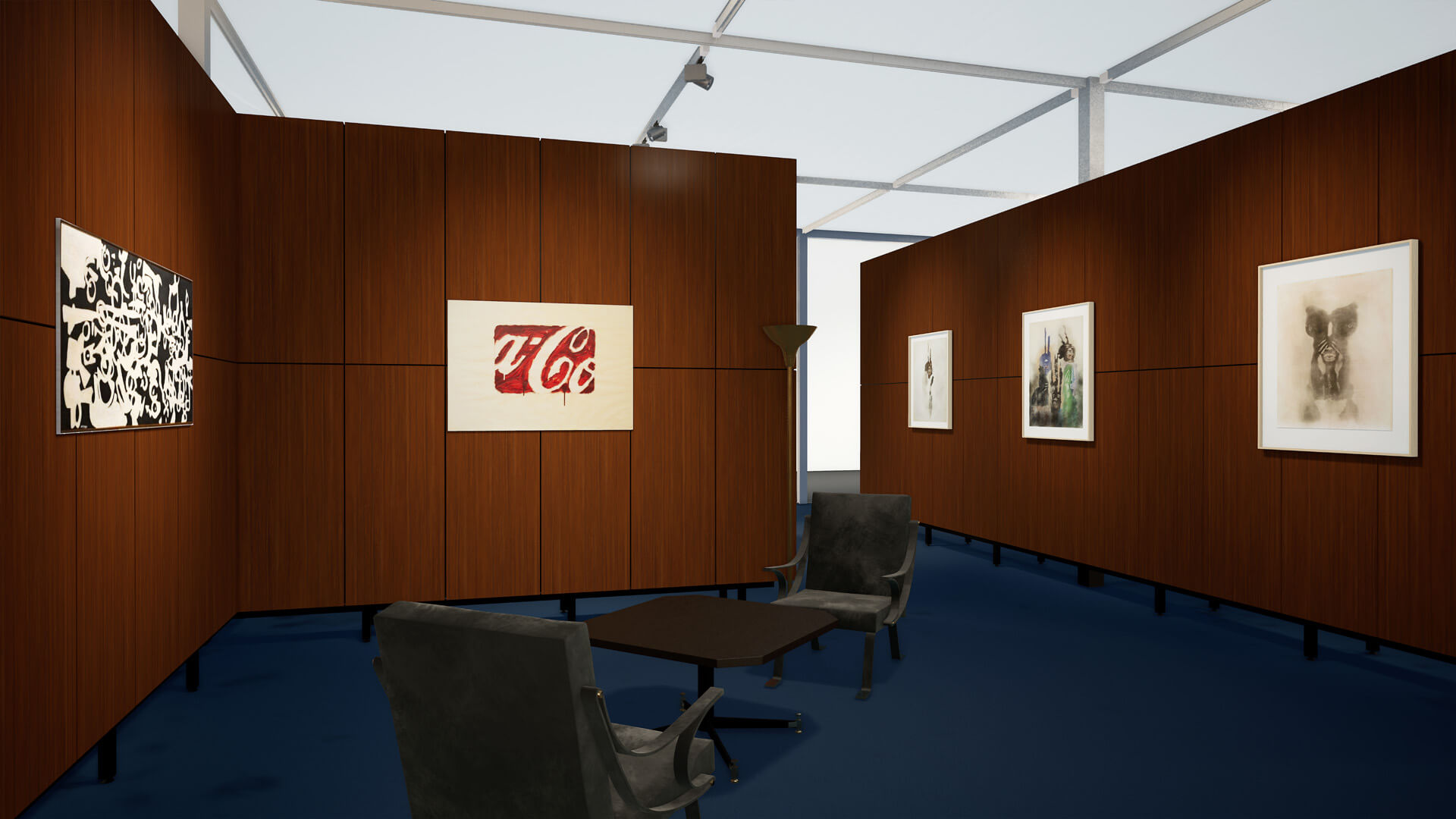
In ‘Body Print’ Hammons not only projects himself into the frame via the body printing technique; he also masks himself, embellishing the areas where his head could be with a form resembling an African tribal mask. Emerging from the wash of green is an imprint of the artist’s hand, which props up the black mask upon skeletal fingers. Lacking the dimensionality of the arm, the masks in ‘Body Print’ have a flattening effect. A two-dimensional masked self-portrait, the work was a harbinger of the found object mask sculptures that followed.
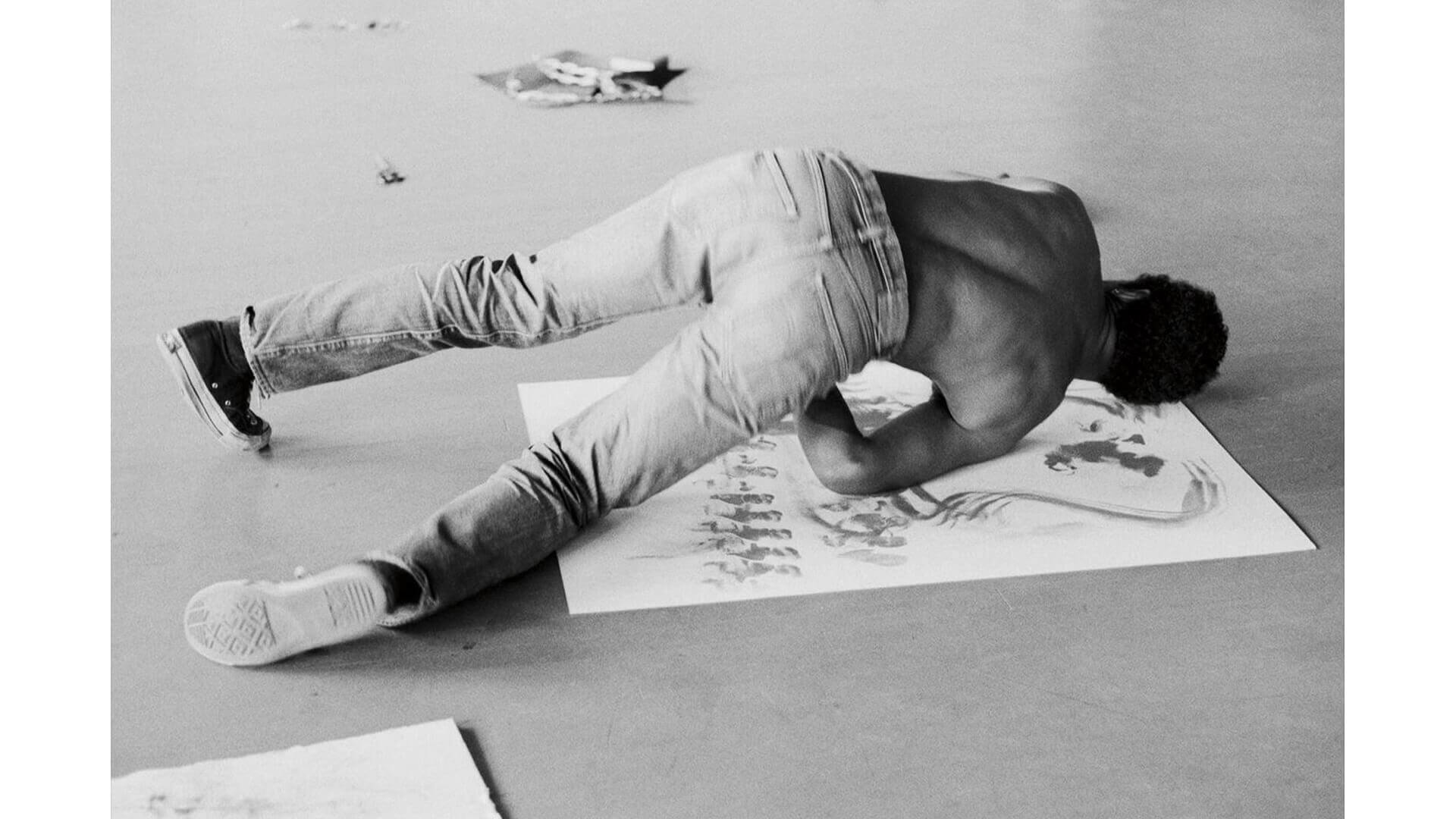
David Hammons
Over the past five decades, David Hammons has shed light on pervasive bigotry by juxtaposing racist stereotypes with the material realities of African American life. In an oeuvre spanning media ranging from performances to paintings to found object sculptures, Hammons explores the experience of being Black in America and incisively critiques the biases perpetually levied against people of color. Hammons’ visceral ‘body prints’ are particularly haunting in their material engagement with African American bodies: to make them, the artist used his own body as a printing plate.

